No one starts a creative career dreaming about spreadsheets. You’re imagining shoots, sewing machines, fancy campaigns, capsule drops. You’re not picturing yourself in a hoodie at 10pm cross-checking waste logs on Excel. But here’s the wild part, those boring backend bits? They might be the smartest sustainability tools you’ve got.
Because while social media is full of aesthetic activism and reworked denim reels, the actual mechanics of sustainable fashion, the stuff that makes it more than just about materiality, live in the backend. And if you don’t know how to track it, plan it or budget for it, you’ll burn out before your second collection drops.
I learned this the hard way. I used to treat my Notes app like a command centre. Waste lists? Half-written. Budgets? Non-existent. Production schedules? Somewhere in the group chat. I told myself it was “creative chaos” but deep down, I was winging it. And when things started scaling, nothing made sense. I couldn’t tell you how much waste I’d saved. I didn’t know how much I was spending, or wasting per unit. It was just living int he moment over visibility. Fun, until it wasn’t. Also my accountants worst nightmare. Sorry Amanda.
The thing is, sustainability isn’t just about using deadstock or saying “circularity” in your brand bio. It’s about systems. Repeatable, trackable, transparent systems. And spreadsheets (yes, the thing that bored the life out of you in school) are how you build those. Tracking your fabric waste, for example, helps you design smarter. If 15% of your offcuts end up in a bin after every drop, that’s data. That’s the beginning of a new design brief. If you’re logging your budget properly and realise 40% of it’s going to postage and branded tape, that’s a clue to rethink packaging. These aren’t admin tasks, they’re creative decisions made in disguise. You're probably rolling your eyes thinking 'easier said than done', but if you want to properly scale a sustainable brand, unfortunately whether you find it boring or not, it'll have to be done and it's better to make fun of it now than have to backtrack later.
We’ve romanticised sustainability to be so outward-facing, studio pics, press panels and collabs that we forget the real impact happens behind closed doors. In invoices, in fabric calculations, in deciding whether to patchwork 10 leftovers into one piece or feed it into a new product stream entirely. And that clarity only comes when you’re tracking things properly.
Budgets might feel “corporate,” but not knowing your numbers is a fast track to creative burnout. How can you set your rates if you don’t know what each piece costs in time, material and labour? How can you push for funding if you can’t show impact? We need more working-class creatives with investor decks. We need more global majority founders knowing their carbon output, not just their colour palette.
And it doesn’t need to be overcomplicated. A Google Sheet can be a sustainability strategy. One tab for raw materials. One for waste logs. One for post-production tracking. Another for price breakdowns. It’s not sexy, but it works. And when someone asks what your circular impact is, you’ve got the receipts... Literally.
This also matters if you want to scale. Whether you’re trying to get stocked, pitch for funding, or hire help, your backend has to make sense. You can’t systemise a process if you’ve never written it down. And you can’t grow sustainably if you don’t know what’s working.
The myth is that this stuff kills creativity. But honestly? It frees it. When you’re not second-guessing whether you’ve overspent, or wondering if you’ve already used that fabric in a past drop, your mind’s clearer. You start to think longer-term. Bigger. Bolder. Because you’ve got a foundation underneath it all.
I’m not saying spreadsheets will change the world but they’ll change how you work. And that ripple effect matters. It means less waste, better decisions, clearer communication. It means fewer last-minute panics and more thoughtful planning. It means proving that grassroots sustainability can be scalable, not just scrappy.
So if you’re reading this thinking, “I can’t even work Excel,” don’t stress. Start small. One spreadsheet. One tab. Build from there. Ask someone in your circle who’s good with numbers to help set you up. Turn it into a weekly ritual. Play a good playlist. Light a candle. Make it part of the process, not the thing you avoid until year-end.
Because this isn’t about being perfect. It’s about taking your sustainability seriously. Seriously enough to sit down with the numbers and ask, “How can I make this better?” And if you can do that? You’re already 10 steps ahead.

